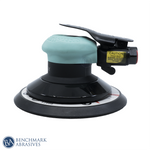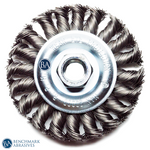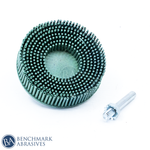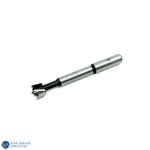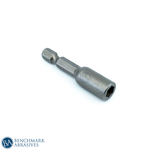Types Of Metal Cutting Machine Tools

The role of machine tools is crucial in the manufacturing sector. These are only the shears, cutters, drills, punches, grinders, and presses used in machining operations. Machine tools are often power-driven metal cutting or forming tools used to reduce the size and shape of the work item by removing unnecessary portions and applying pressure, sealing, drawing, or shearing. Machine tools can be controlled automatically or manually. Machine tools come in many forms, including metal cutting, metal forming, and other machine tools.
Machines used to cut metal include lathes, milling machines, drilling machines, boring machines, and machining centers. Mother machines are machines that enable other machines to function.
6 TYPES OF METAL CUTTING MACHINE TOOLS
1. LATHE
A lathe is a tool for cutting metal that rotates the workpiece around an axis to produce an object that is symmetrical about that axis. Many operations, including undercutting, grooving, knurling, plain and step turning, facing, threading, drilling, parting, cutting, shaping, chamfering, reaming, boring, filing and polishing, and taper turning, are carried out using lathe cutting tools. Various operations call for different kinds of cutting tools when using a lathe machine.
2. DRILLING MACHINES
One of the most challenging machining operations is drilling. The key feature of a drilling machine that sets it apart from other machining procedures is the combined cutting and metal extrusion at the chisel edge in the middle of the drill. The drilling machine, also known as a drill press, is one of the industry's most widely used and practical pieces of equipment. It creates, shapes, and completes holes in a workspace.
A drilling machine can perform various tasks, including reaming, boring, drilling, tapping, lapping, counterboring, countersinking, grinding, spot facing, and trepanning. Many different drilling machines are available, ranging from basic portable equipment to more complicated mechanized and numerically controlled machines.
3. MILLING MACHINE
This type of metal cutting tool uses a spinning multipoint cutter to cut metal as the workpiece is fed against it. The cutter rotates at a very high speed and slices the metal rapidly because of the many cutting blades. Additionally, this metal-cutting device can hold one or more cutters simultaneously. As a result, the milling machine is one of the most crucial tools in the workshop. On this machine, all operations are performed with high accuracy. This milling machine removes metal faster than the lathe, planner, and shaper machines. It is more accurate and has a superior surface polish. And for this reason, milling machines are frequently used for manufacturing tasks.
4. BORING MACHINES
Boring, known as internal turning, expands a hole's inner diameter. You can accomplish three things with boring: size, straightness, and concentricity. Boring also includes the turning processes that come along with external turning. Internal turning or boring are two options. However, the size and length of the workpiece's hole severely limit tool selection. Lathes, milling machines, and machining centers are examples of machines besides boring machines that you can use to conduct boring processes. Boring machines can be categorized as horizontal, vertical, precision, and jig boring, just like most other machine tools.
5. GRINDING MACHINES
Lathes, traditional milling machines, and shapers have all been used for abrasive machining or grinding. These days, various grinding machines are used to carry out the processes. Grinding machines have made considerably more advancements in the last ten years than any other common machine tool in the manufacturing sector. This is in terms of construction, stiffness, design, and application.
6. MACHINING CENTER
A machining center is best defined as an automatic tool changer and a table that clamps the workpiece in place. This is a part of practically every CNC milling and drilling machine. On a machining center, the work, which is often static, does not revolve, whereas the tool does. The spindle's orientation is the primary distinguishing feature of a machining center. We may state that this machining center, which functions as a cutting-edge computer-controlled machine, performs various machining operations on multiple orientations and surfaces of a workpiece. The designs of machining centers range widely. The three fundamental types are:
- Horizontal spindle
- Vertical spindle
- Five-axis machining center












